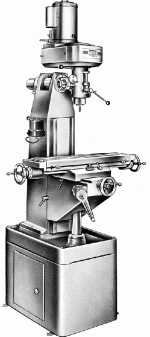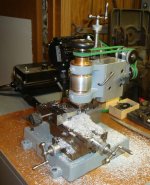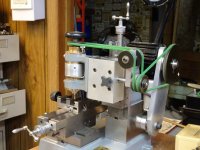Michael_h359
Plastic
- Joined
- Aug 29, 2022
I would like to get a nice milling machine for home/hobby use and am new to all of this. I have been searching for the below on craigslist, facebook market, ebay, offerup and am having difficulty finding something in decent shape in the Southern California area. My question is out of the below if I find one in rough shape what Mfr. or model would I have the best chance of finding parts and tooling able to fix up if need be? Any preferred or ones I should stay away from?
-Clausing
-Burke
-Rockwell
-Hardinge
-Rusnok
-Benchmaster
Thanks,
-Clausing
-Burke
-Rockwell
-Hardinge
-Rusnok
-Benchmaster
Thanks,





